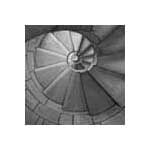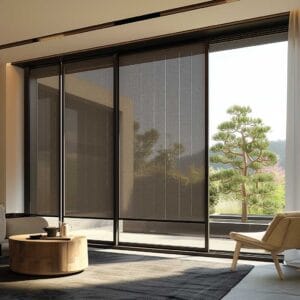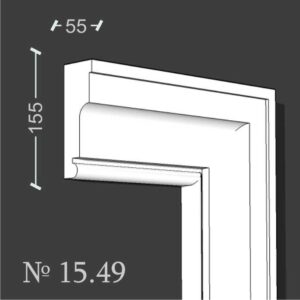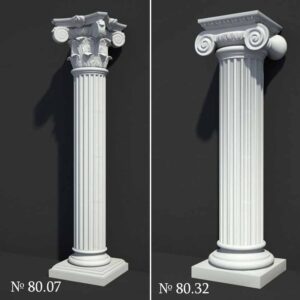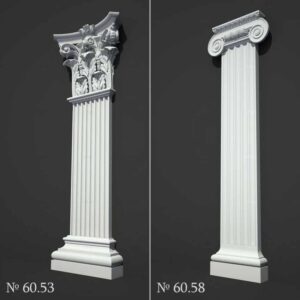Paver patterns establish visual foundations accentuating landscaping curbsides beautifully through harmonized tones, textures, and geometric creativity. But beyond sheer aesthetics alone, thoughtful pattern selections significantly enhance outdoor living spaces, further integrating architectural language cohesively while addressing critical functionality concerns and simultaneously ensuring long-term usage resiliency, even under heavier hospitality demands.
The Draw of Paver Patterns
While poured concrete once dominated residential flatwork areas like driveways and garden paths thanks to seamless cost efficiencies, the organic artistry and bespoke personalization possibilities diverse paver patterns facilitate now capture homeowner imaginations instead for numerous reasons:
- Personalized Creative Expression – Just like interior flooring options available now satiate any style from sleek porcelain slates to rustic wide plank oak visually, paver selections and pattern configurations make positive outdoor living impression statements equally reflecting individualism beyond monolithic grey expanses commonly encountered.
- Prolonged Durability—Where continuous concrete slabs risk extensive cracking from ground heaving and freeze-thaw cycles over years ahead, causing trip hazards and encouraging weed propagation through gaps long term, thoughtfully installed paver block layouts maintain structural integrity, resisting common deterioration mechanisms better and retaining visual appeal decades longer.
- Improved Safety—Beyond simply dodging cracks emerging, the ribbed textures and tapered edges of paver block patterns add critical traction, minimizing slips when surfaces get wet. This enhances slip resistance safety, especially around pools or entries welcoming guests. This protects from painful liability, inviting accidents amid beauty.
With easier long-term maintenance, unlimited versatility matching property surroundings uniquely, and safer traction protecting residents better – paver block patterns boost curb appeal immensely while addressing critical beyond-aesthetics usage demands simultaneously over poured concrete comparatively. Their creative possibilities redefine spaces entirely.
Functional Considerations Guiding Pattern Selections
Beyond inspiring initial impressions and wowing passersby or guests, with such a wide variety of paver patterns, deciding on one requires factoring in several functional considerations, balancing layout creativity with years of practical usage demands ahead:
- Intended Usage—Will pathways serve purely decorative ornamentation purposes around dormant lawn beds only occasionally accessed briefly? Or will patterns underpin heavier hospitality foot traffic, entertaining families routinely over decades, hosting gatherings, and seamlessly navigating inside and outside? Gauge frequencies and loads realistically dictating needs.
- Weight Bearing Demands – Certain vehicular paver patterns along driveways or parking zones must support occasional automobile loads from sedans up to routine delivery trucking weighing tons over buried compacted base materials not expected along lighter walked gathering entertainment patios spaces possibly. Plan robustness accordingly.
- Slope Grading Allowances—Some courtyards or winding gardens dictate gradual sloped patterns, critical to allowing efficient rainfall drainage away from foundations. Flatter entertaining spaces comfort conversing guests meandering for long hours without straining usages. Both conditions guide layout decisions uniquely.
- Cohesive Pattern Continuity – Composite overall patterns combining walkways, transitional steps, and porches should flow intuitively without disjointed alignments fragmented awkwardly. This overarching landscape continuity must guide creative considerations equally weighting individual stacked stone or brick selections disjointedly. Dream holistically.
Types of Paver Patterns
With so many sizes, shapes, colors, and textures available now customized, uniquely boosting brand identity even further through boutique manufacturing partnerships – the pure geometric permutations ensuring distinctive pattern originality stay practically endless. However, several classic archetypes guide creative explorations and help visualize possibilities.
- Herringbone Patterns– This elegant interwoven “V” paver orientation utilizing contrasting rectangular brick lengths adds lavish energy, welcoming guests along driveways and entries to celebrate arriving. Consistent angles draw eyes inward beckoningly.
- Basket Weave Patterns—Counterpoising square paver directions innovatively avoids monotonous grid appearances through intriguing dimensionality layered organically. This pattern proves comparatively easy to execute properly by novice DIYers attempting initial projects.
- Pinwheel Patterns – Circular multi-toned mosaic pinwheel inserts add whimsical pops contrasting traditional stone lines for unforgettable ornamental focal points along gardens or large patio gathering spaces needing centralized energy. Avoid pinwheel overuse diluting magnetism, however.
- Stack Bond Patterns—Straight parallel paver joint lines maintain clean uniformity for modernist designs or concretely industrial styles, which prefer precision minimalism rather than ornately organic layouts that overwhelm the senses. Simplicity grounds spaces beautifully.
- Circular Patterns – Curvilinear concentric pavers make stunning anchors rounding intersections, embracing focal features like fire pits or defining entertaining zones uniquely with rounded fluidity contrasting common block linearity featured predominantly otherwise.
- Fan Paver Patterns – Dynamic sweeping paver fans inject softer diffused directionality, progressively interplaying traditional brickwork borders lining pathways. This infuses movement and life subtly without overwhelming it entirely.
Mix or match variegated sizes, organic textures, multiple color blends, and interspersing unique accent stone shapes, preventing patterns from ever appearing cookie cutter carved monotonously. Creative life emerges simultaneously.
Best Practices for Proper Pattern Installation
However, eye-catching initial pattern visioning alone guides designs; ensuring durable, flawless execution requires meticulous installations, accurate leveling, and appropriate spacing of pavers. So consider several best practices upholding pristine integrity lasting decades:
- Compacted Gravel Sub-Bases – Critical before positioning pavers finally, excavating depths around 6 inches deep before filling/compacting with layered drainage gravel creates firm supportive foundations ensuring durable stability resisting erosion or freeze heaving over decades despite weathering.
- Precision Edge Constraints – Once sub-bases prove smooth and flattened completely, edge paver patterns precisely utilizing manufactured or natural stone borders beautifully preventing block perimeters from drifting perpetually during freeze-thaw cycles dealigning patterns incrementally each year aesthetically.
- Polymer Adhesive Helps – Where more elaborate paver patterns risk gradual joint destabilization through areas difficult reaching soil compaction equipment thoroughly like intricate driveway entryways, consider carefully applying polymer adhesives below select units for superior bonding strength amidst intricacies ambitious laying ahead confidently.
- Uniform 1/8” Spacing Habits – Whether matching manufactured cobble sizes exactly or mixing variegated natural units uniquely sourced, always space paver joints consistently using 1/8 inch clearance plastic gapping tools, allowing essential flexibility still amidst freeze expansion without risking grass intrusions sprouting years ahead intensively.
- Sand Filled Seams – Once aligned finally according meticulous spacing habits above, fill all paver block joints completely using finely calibrated masonry sand brush brooming deeply into crevices for optimal moisture drainage, weed propagation barriers and interlocking “grout-like” unit cohesion improving gradually through initial seating periods as patterns fully settle becoming stone eventually.
- Vibrating Plate Compactors – For smaller backyard projects done manageably over days, manually tamping pavers rhythmically possible for smaller project phases. But large driveways and commercial installations benefit from propane vibratory plate compactors churning base depths and paver surface optimally flat and interlocked, increasing densities, improving bonding strengths significantly long term, and creating a practically seamless slate appearance.
- Sealing Finishes – After inspecting, slight paver height inconsistencies remain eliminated through sequential selective digging/relaying units out entirely, finish bonding installations power washing away residual sandy haze before applying specialty polymeric sealing finishes protecting masonry color vibrancy and waterproofing surfaces further resulting in eye-catching pattern-work persistently maintaining “just installed” optical integrity year after year effortlessly.
Conclusion
Gone are the days when drab, monotonous concrete dominated residential walkways and commercial entryways, devoid of inspiration and creativity, draining the senses equally after decades of enduring installation. Witness romanticism return through inspired paver pattern language embracing geology and geometry, orchestrating the essence of place poetically. However, we should also embrace best laying practices mandating durable installations supporting creativity admired underfoot daily rather than short-sighted spectacles alone eroding prematurely through improper planning ultimately.
